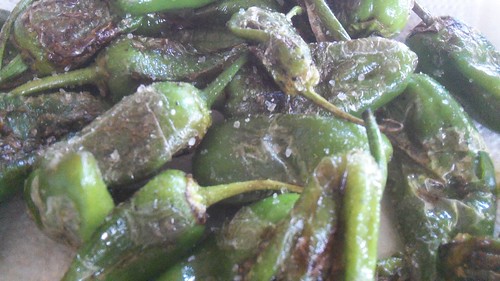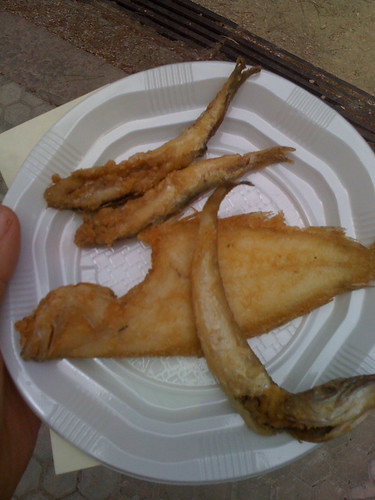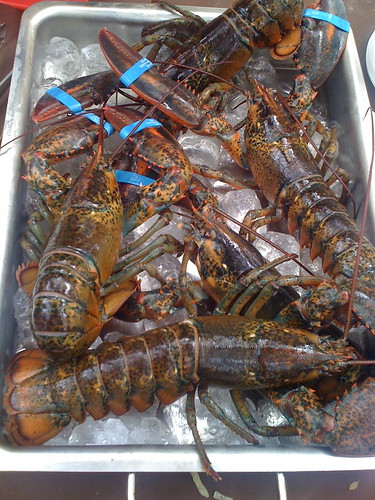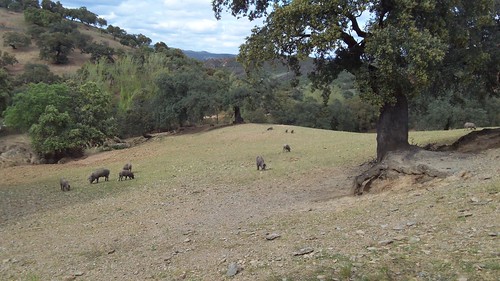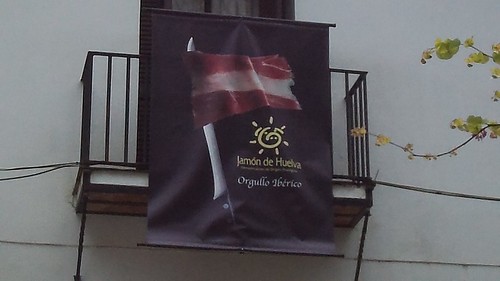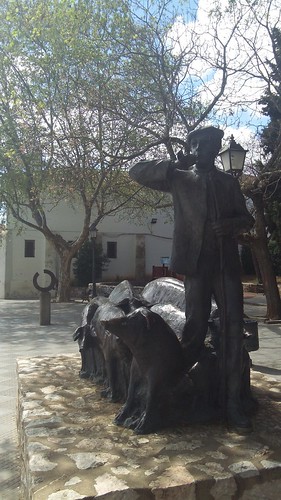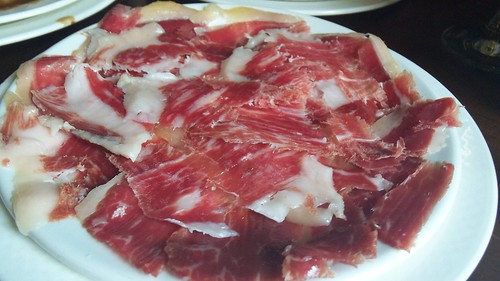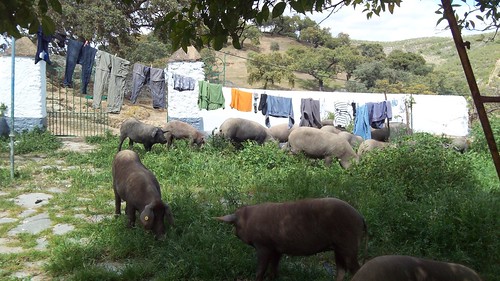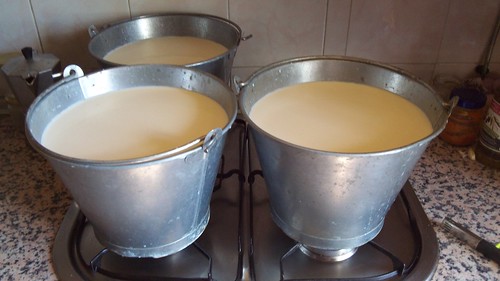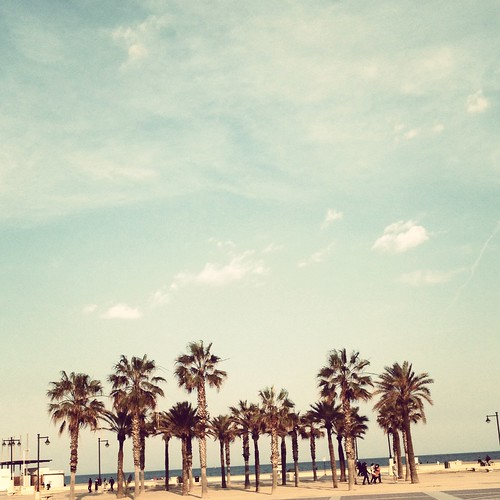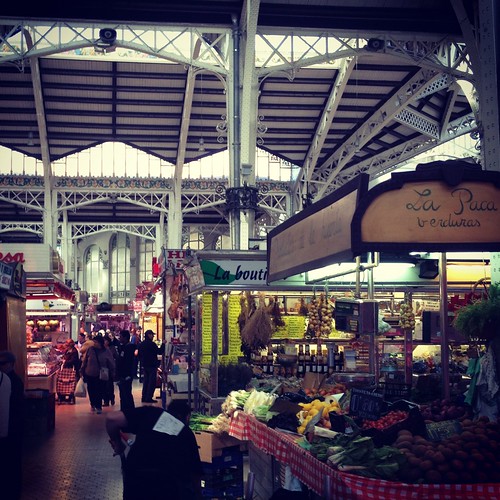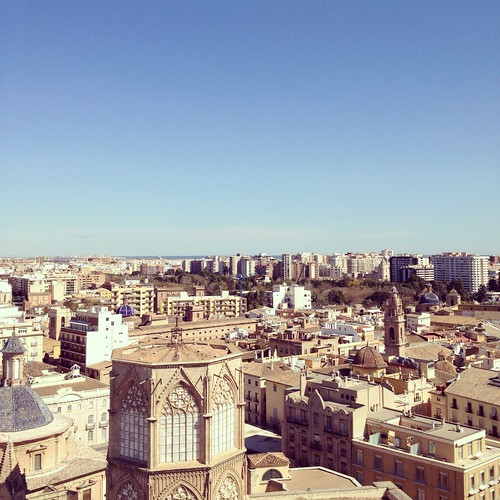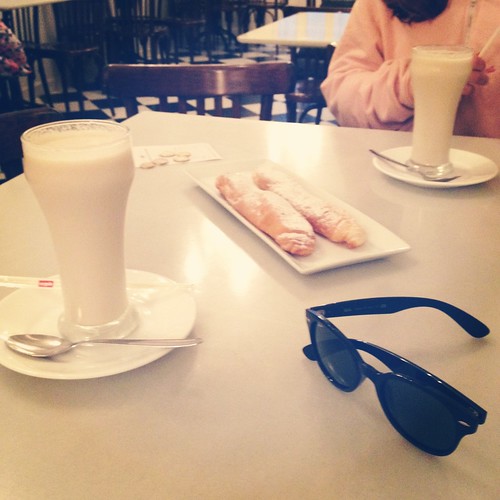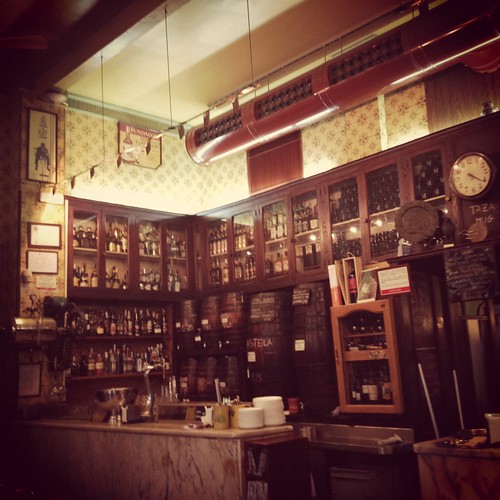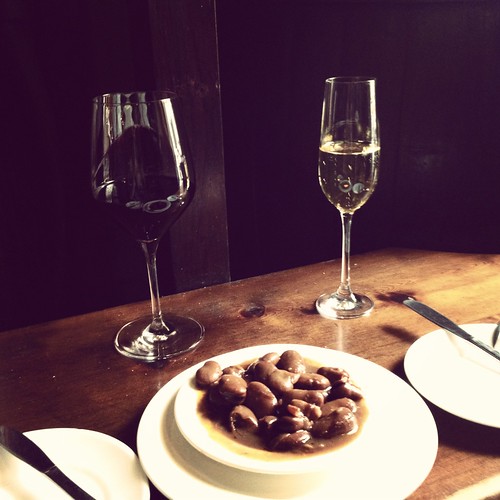This year my
totem of pork was toppled. Spain boasts an abundant array of pork products,
from the masterful iberico jamón
to fruity longanizas de pasca. Each region makes its own speciality, like
morcilla from Burgos or chorizo from La Rioja. You could make an amazing travel
itinerary based around embutido. Whilst picking olives in Mallorca in November,
I stumbled across one of the greatest ever sandwich fillers, sobrasada. This
magic meat has shot to the number two spot in my life, let’s face it, nothing
ever will beat jamón.
Mallorca has
got it all going on. Forget Magaluf and think more Michelin starred. Almonds,
olives, vegetables, wine and pigs are some of the local specialities. The
Mallorquin Black Pig is a breed that has evolved throughout history and is
native to the Balearics. During the matanza
(slaughter of the pig in winter) it’s customary to blend a mixture of meat,
fat, salt and pimentón (paprika) to form the highly coveted sobrasada. Different parts of the pig are used as
linings such as the intestines, stomach and bladder, making varying types of
sobrasada. These different forms are carefully designed to supply a family with
a years’ worth of sobrasada from just one pig. It is deep red, smoky and gloriously
rich in taste. The soft spreadable nature means it is popular on toast with
honey or I like a salad of poached egg, Mahon cheese (cow’s milk cheese from Menorca),
lettuce and sobrasada. It really is the egg of the embutido, good both hot or
cold and with both sweet and savoury accompaniments.
I will never
forget my first deeply satisfying bite of a hot sobrasada sandwich. Whilst
picking olives in the mountains, the farmer would make us the best almuerzo
ever. Just before our morning break he would sneak off and make a fire of olive
wood, then using the grill he carried around on his tractor he would cook
longanizas of sobrasada (sobrasada in a
sausage form). Pressed between slices of rough cut Mallorquin bread blotted
with paprika stained oil, the soft meat melted in my mouth. I would have bashed
a thousand more olive branches if it meant I could eat more sandwiches like
those. I had a dream that farming in Spain would transform me into some kind of
bronzed goddess, but then sobrasada happened.
Fork notes:
- Sobrasada can be made into 8 different forms, using the organs of the pig as linings. Generally the ones cured for the least amount of time will be eaten first, and the larger ones which have had longer to mature will be eaten last
- The paprika added is native to Mallorca
- Some people add a little black pepper to the ends believing it keeps the flies away
- Spreadable meat has always scared me, but this is naturally made, so fear not











